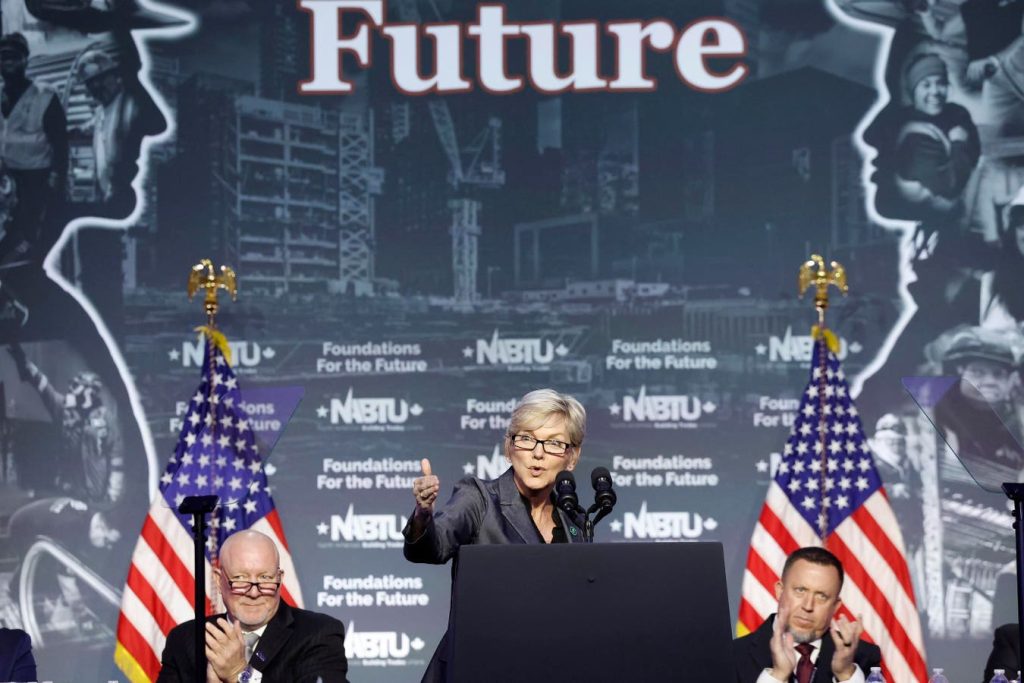The U.S. Department of Energy has officially implemented a new rule banning fossil fuels from new and renovated federal buildings. This rule is in line with the Clean Energy for New Federal Buildings and Major Renovations of Federal Buildings Rule, mandated by the Energy Independence and Security Act (EISA) of 2007. The law requires federal buildings and major renovations to phase out fossil fuel-generated energy consumption by 2030. Energy Secretary Jennifer Granholm emphasized the significance of this rule, highlighting the federal government’s commitment to energy efficiency and cost savings.
With commercial and residential buildings being responsible for 13% of direct greenhouse gas emissions in 2022, the focus has shifted towards electrification. This involves transitioning from burning natural gas to cleaner electricity sources like wind and solar power. However, some federal buildings continue to install gas-fired appliances due to the absence of regulations enforcing their removal. Projects like Independence Hall in Philadelphia, which plans to switch to gas-fired boilers, are exempt from the new rule.
The implementation of the new rule aims to accelerate the electrification of federal sites as envisioned in EISA’s Section 433. Advocated by the American Institute of Architects (AIA), this provision seeks to leverage government leadership to drive technological advancements and cost reductions in climate-friendly measures. Complemented by Executive Order 14057 and other Federal Sustainability Plan initiatives, the goal is to achieve net-zero emissions by 2045, supported by the DOE’s Federal Energy Management Program (FEMP).
The Energy Department faced delays in implementing the rule, mainly due to opposition from natural gas utilities concerned about potential business losses. The American Gas Association criticized the final rule, citing cost increases and lack of environmental benefits. However, the Energy Department’s analysis projected that the rule will reduce carbon emissions by 2 million metric tons and methane emissions by 16 thousand tons, equivalent to the emissions of nearly 310,000 homes annually.
The new rule reflects extensive engagement with federal stakeholders, highlighting the collaborative effort to accelerate the adoption of clean energy within the federal building sector. Through supplemental guidance and resources, the FEMP will assist agencies in achieving compliance, facilitating clean energy deployment, and phasing out on-site fossil fuel usage. Overall, this milestone represents a significant step towards achieving energy efficiency, cost savings, and reduced carbon emissions in federal buildings.


